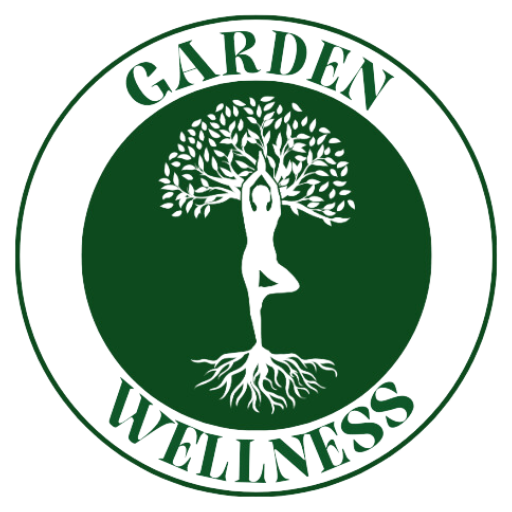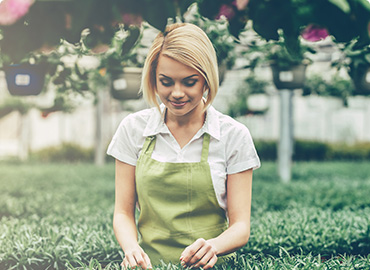Growing your own food from the ground up is quite gratifying. There are numerous benefits to starting a vegetable garden. When you cultivate your own produce, you can be certain that your vegetables are chemical-free and that you will always have food on hand. Vegetable gardening is also a fantastic method to get kids involved in the amazing process of witnessing plants or seeds develop fruit or veggies that they can consume. After that, producing and eating your own fruits and veggies can be less expensive than buying them at the market (homegrown produce also tends to taste better). During the growth season, a tiny tomato plant, for example, can produce up to 20 kg of tomatoes.
Planting tactics will differ depending on the crop and whether it is seeded directly in the garden or started indoors and moved to the garden. Planting depth, spacing, and temperature, soil, sun, water, and nutrient requirements are all essential for the crop’s life and success (read your seed packet or seedling tag info closely and follow to the letter). Most crops will have some leeway, but too many stressors can result in crop failure. Starting small is the greatest approach to avoid issues.
Mulching is an important part of gardening that many people overlook. Mulch, on the other hand, is crucial for helping your plants thrive as well as giving your garden beds a tidy, finished appearance.
Mulch is essential for keeping soil moist, avoiding evaporation, and shading out weeds, so don’t skip this step when planning your garden. For growing vegetables, a soil mixture of half compost and half topsoil is ideal, although many gardeners additionally add specialist plant-growing soil supplements and manure. The best soil is loose, well-drained soil, and raised beds are preferred over ground vegetable planting since you can regulate the soil mix.
 Growing a modest crop of delicacies in pots is a terrific way to experience vegetable gardening without the space or time commitment if you have limited room or time
Growing a modest crop of delicacies in pots is a terrific way to experience vegetable gardening without the space or time commitment if you have limited room or time
watering and maintenance. Even better, plant and seed businesses are expanding their small-space gardening alternatives, including peppers, tomatoes, berries, and a variety of other container-grown plants.
Most inexperienced gardeners overplant, so make sure there’s adequate space between your garden rows so that the plants next to them don’t get shaded out. Plants that are too close together fight for nutrients and water, making them more prone to disease and pests. When planting your garden, pay special attention to the spacing guidelines on seed packets.
Start making the most of your vegetable garden by planting in a way that ensures a consistent supply of produce. A fresh crop will begin to produce when one matures and ceases producing. To maintain a consistent yield, plant fast-maturing vegetable kinds. To keep your plants supplied with nutrients, remember to replace your soil with a 1/2 inch of compost mixed into the soil before planting your next phase of crops.





